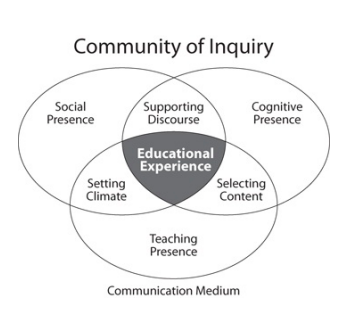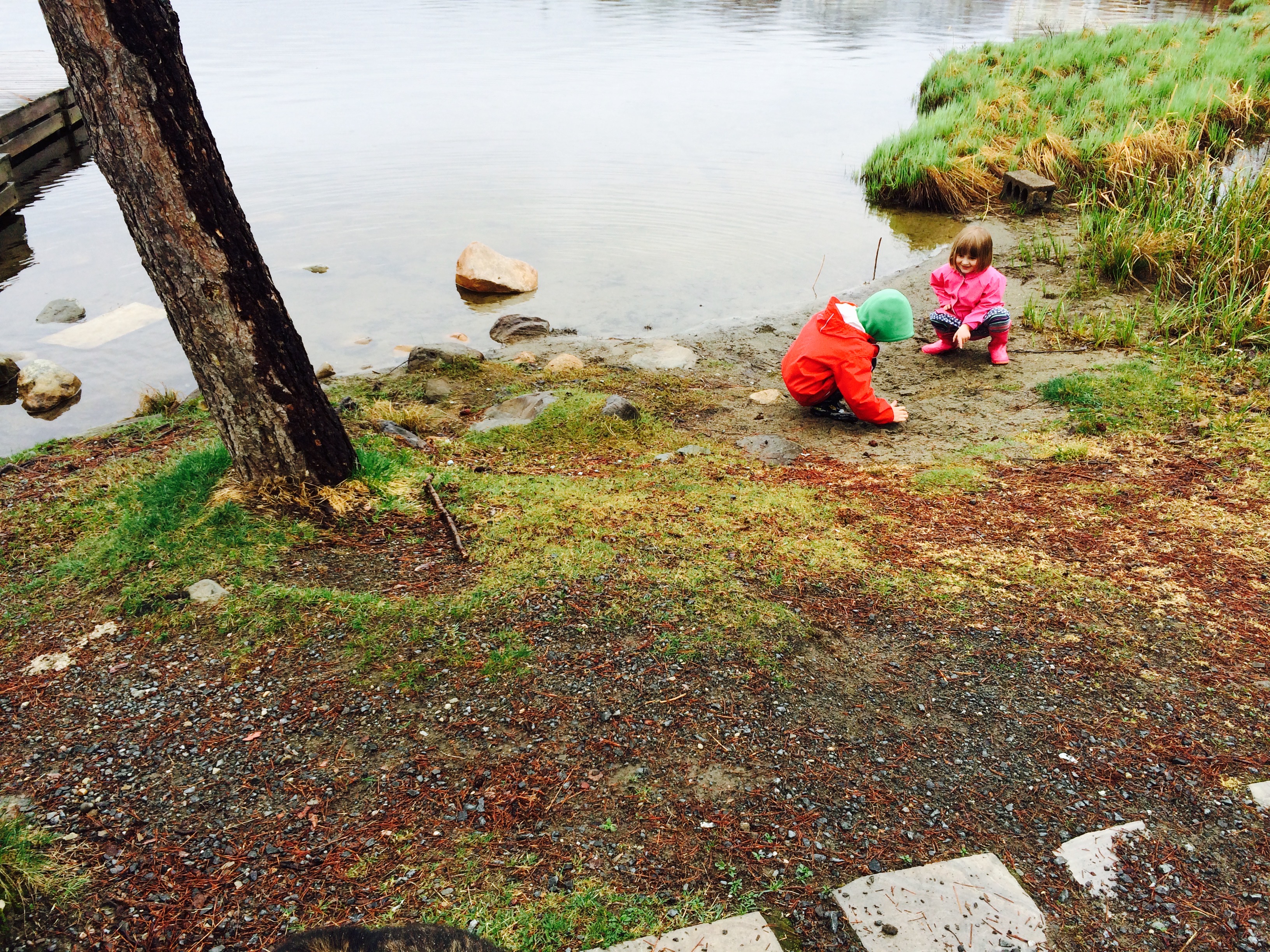I’m not racist.
And, it turns out, you’re not racist.
It’s amazing, really… we have all of this research that tells us that racialized students are over disciplined and underestimated in school systems all over the world and yet none of us in education is racist. Weird.
People are all over my social media feed railing against the de-streaming of Ontario’s grade 9 program because it’s impossible for secondary teachers to differentiate their instruction the way that elementary teachers do every day and (pearl clutch) there can’t possibly be any differential impact on learning from having specialist teachers teach the subjects in which they’ve specialized. Most of all, however, many people in education seem unable or unwilling to believe what the research is telling us, namely that streaming is a practice that disproportionately impacts racialized students.
My first teaching job was in an urban, big-city public secondary school with a majority black student population and a majority white teacher population. I taught kids in several streams while I was there and I can remember, vividly, individual kids in the applied stream that could have handled more academic content. The streaming became, for them, a self-fulfilling prophecy.
Was it technically possible for them to move into the academic stream after grade 9? Sure. Was it likely? No. They had made friends in the applied stream. They would have to bridge the content gap somehow, likely in the summer, when most of them needed to get jobs. Most of all, however, they were unlikely to change streams because they had internalized our assessment of them as learners. We, the people with the letters behind our names, had put them there so that must be where they belonged.

Most students in Ontario enter grade 9 having never been taught mathematics by someone with a mathematics degree. The idea that we get to decide a student’s academic trajectory before they’ve even had the chance to learn from a subject specialist is astonishing. We are setting students on a pathway that will impact their whole life; that’s a lot of power. If we get it wrong, the consequences for them are enormous.
Zevenbergen writes that ability grouping is “achieved through a differentiated curriculum that increasingly reifies differences as students progress through school” (2003, p. 7). That means that streaming makes existing differences between students more real, more concrete, and harder to change. While streaming is not the only way those differences are reified, it is one important way that is (relatively) easy to change. Zevenberger goes on to write that
most often when students are grouped by ability, the outcomes support the practice – that is, the higher streams perform very well, and the lower streams perform poorly. This can be used as evidence to show that the practice is justified and that the groupings are correct since the outcomes ‘prove‘ the effectiveness of the original groupings. However, questions need to be posed as to whether pedagogy is matching the needs of the students or whether the outcomes are a reflection of the pedagogies being used. (2003, p. 3)
I get a lot of things wrong every day, just ask my kids. I know that my decision-making is fallible; to paraphrase Amos Oz, I frequently disagree with myself. Why is it so hard for so many people to entertain the possibility that we have biases that impact our decision-making around streaming? Why is it so difficult to believe that we might be getting things wrong, systemically, when it comes to streaming? Why do we believe that we are uniquely exempt from bias? We let ourselves off the hook and point the finger elsewhere with a breezy casualness that takes my breath away. This is not reflective practice.
Are there other factors that contribute to student learning? Absolutely. Do we, as educators, control most of those factors? We don’t, at least not beyond our power as engaged citizens in a democracy. We can’t control whether a student has books at home. We can’t control whether they are growing up in poverty or plenty. We can’t control what their experiences were like in the early years. What we can control are the decisions we make on their behalf in our schools.
We can make better decisions. We can look at the research (if you want a good research summary, I’ve listed some sources below which I’d sugest as a starting point) and then look at ourselves with a dollop of humility. The research on streaming tells us that it’s a problematic practice, that it privileges the privileged and disadvantages the disadvantaged. Awareness is change. We know better, now we need to do better – kids are counting on us.
Forgasz, H. (2010). Streaming for Mathematics in Victorian Secondary Schools. Australian Mathematics Teacher, 66(1), p. 31–40.
Gaztambide-Fernández, R., & Parekh, G. (2017). Market “Choices” or Structured Pathways? How Specialized Arts Education Contributes to the Reproduction of Inequality. Education Policy Analysis Archives, 25(41).
Murdoch, J., Guégnard, C., Koomen, M., Imdorf, C., Kamanzi, C. & Meyer, T. (2017). Pathways fostering mobility to higher education for vulnerable immigrants in France, Switzerland and Canada, European Journal of Higher Education, 7:1, p. 29-42.
Segedin, L. (2012). Listening to the Student Voice: Understanding the School-Related Factors that Limit Student Success. McGill Journal of Education, 47(1), 93–107.
Zevenbergen, R. (2003). Grouping by ability. A self-fulfilling prophecy. Australian Mathematics Teacher, 59(4), p. 2-7.







![100_0733[1]](https://teachingontheverge.files.wordpress.com/2015/11/100_07331.jpg?w=1000)










